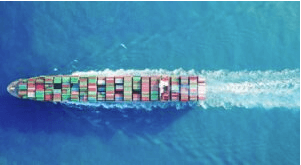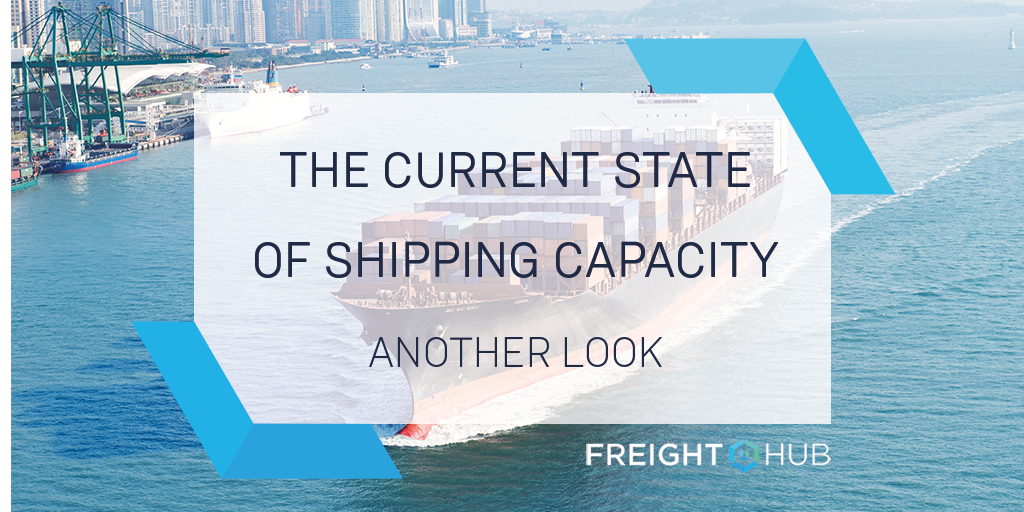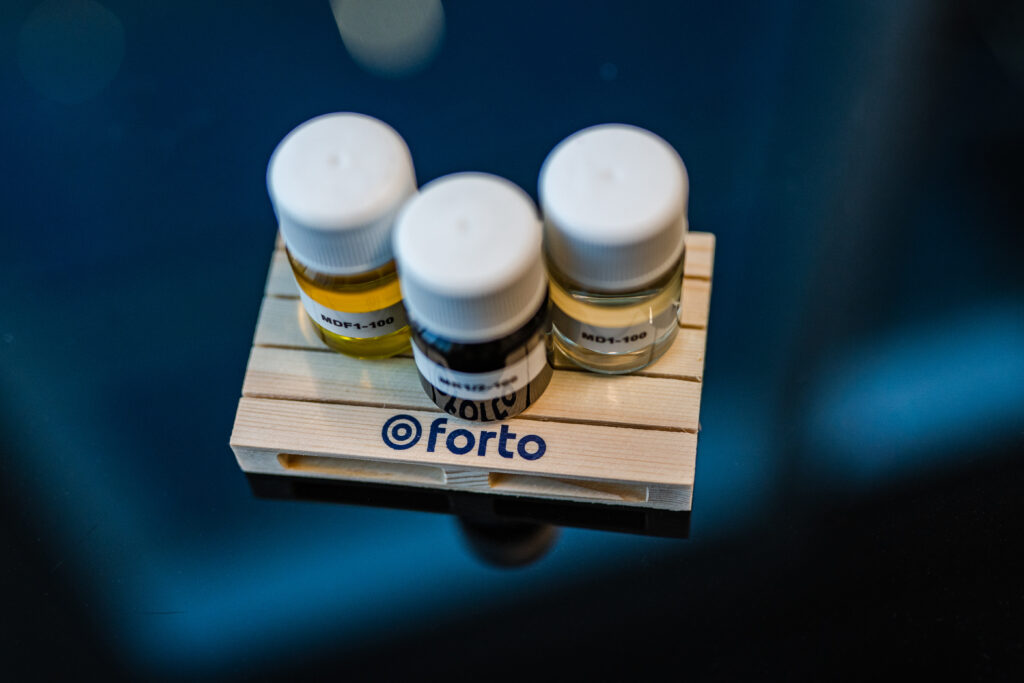As shipping (over)capacity has been a bane on the industry, it’s worth taking a look to see if anything has changed. Earlier in the year when we looked at the state of capacity, we saw that scrapping was at an all time high and there were enough idle ships to make up the world’s fourth largest fleet.
“Drewry reported that the number of idle containerships increased from 238 vessels with a combined capacity of about 900,000 TEU in November 2015 to 435 ships in November 2016 accounting for around 1.7 million TEUs. This equates to around 9% of the global container fleet now idling.”

The question is, have there been any improvements in the state of shipping capacity?
The Good
The good news is that demand is breathing a little life into the market, which is bringing both activity and business to the industry.
“The idle containership fleet has crept slightly higher even as strong cargo demand across all liner trade lanes continues to spur activity in the charter market, according to industry analyst Alphaliner. First-half container volumes are up 6.7 percent year over year, according to Alphaliner, and maritime analyst Drewry says that traffic rose 5.6 percent. Both analysts agree that the industry is headed for its best year in terms of volume growth since 2011,” according to the JOC.
Also, if we compare the amount of idle ships now to where it was earlier this year, we can see that there has been a dramatic decreased in the amount of idle vessels.
“There were 182 jobless vessels with a combined capacity of 473,800 TEU as of August 7, compared with 176 vessels of 472,990 TEU two weeks earlier, equivalent to 2.3 percent of global capacity.”
The Bad
Unfortunately, when it comes to smaller and mid-sized vessels, those in the 500 to 5,100 TEU range, are still stuck in idle as any surge in demand is being snapped up by the Neopanamax class ships with an operating capacity of 14,000 to 21,000 TEUs.
With only two months of the peak season left, dwindling down at the end of October, there doesn’t seem to be any ready solution to the problem of the idle ships. To make matters worse, scrapping rates have dropped to almost half of what they were earlier in the year.
“Vessel scrapping has also slowed down since April, with only 150,000 TEU expected to be demolished in the second half of the year compared with 400,000 TEU in the same period in 2016 and 295,000 TEU in the first half of 2017,” the JOC had said.
The Ugly
Right now, the last thing the industry needs is for more capacity to hit the water, which is exactly what some carriers like MSC and CMA CGM are intending to do, according to The Loadstar.
“According to Alphaliner data, there are 59 ULCVs already in service between Asia and North Europe; by 2019, that number will have increased to 105 ships of 14,000-22,000 TEU – excluding nine CMA CGM ships at letter of intent stage and the 11 MSC ships yet to be confirmed by the carrier.”
There are many within in the industry who aren’t happy about these new orders, calling them unnecessary, especially when considering the fact that adding more capacity will only continue to drag the problem out.
This is what makes me skeptical about carriers' future; as soon as things start looking up, seeds of woe get planted https://t.co/IpdSnnOiCX
— Peter Tirschwell (@PeterTirschwell) August 24, 2017
Outlook for the Future
With scrapping rates falling, more ships being built, and the demand wavering, there doesn’t seem to be a whole lot of options. Ultimately, what we’ll end up seeing is the disappearance of the mid-sized container ships in favor of the ultra large class.
“As liner companies continue to upsize and more ports globally are upgraded to accept LCS and ULCS, mid-sized vessels from Panamax up to 7,500 tue could come under increased pressure in securing long-term employment. The large numbers of ULCS units delivered and due to be delivered will likely continue this trend of reducing demand for the midsize ship as large newbuildings create a wave of cascading,” suggests ship brokerage firm Braemar ACM.
Orderbook 2017: 7,500TEU and above 41% – nice, to say the least. https://t.co/en6gKGPXrr
— Charlie Pesti (@CPesti) August 28, 2017
However, the broker was optimistic that the industry might be heading into better times.
“If the current improvement in TEU volume demand can be maintained and prudent fleet management continues by means of demolition and intelligent ordering, the industry has a reasonable chance of a turnaround in the next two or three years.”
In terms of a long term stability option that can account for the new capacity to hit the water, it’s likely that we’ll be seeing a lot more voided or blanked sailings. While the opinion varies from person to person, the general consensus is that shuttering at least one loop per carrier on the ASIA – EUROPE route would account for the added capacity of the larger ships and help to keep rates stabilized, in spite of the temporary decrease in schedule reliability.
So while there might be a light at the end of the tunnel, it’s still a long way off as of now. It will take diligence on behalf of the entire industry before any marked improvements are to be seen.








